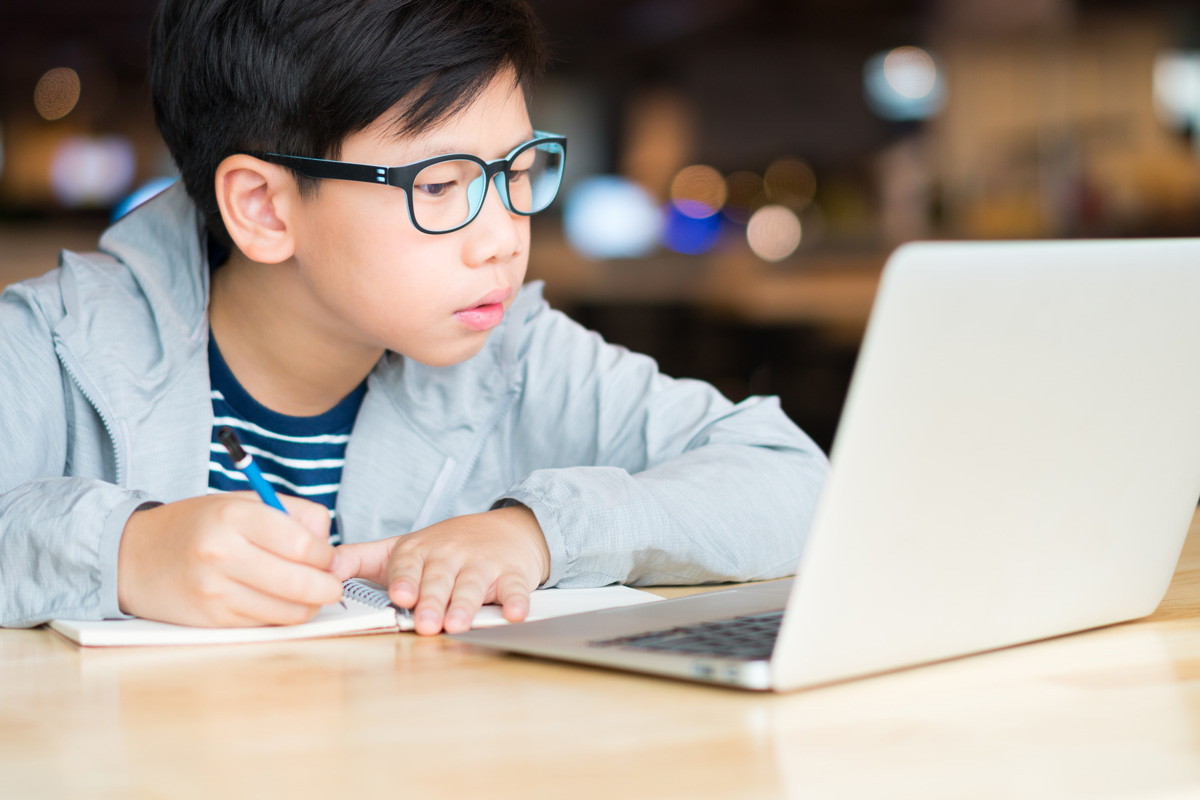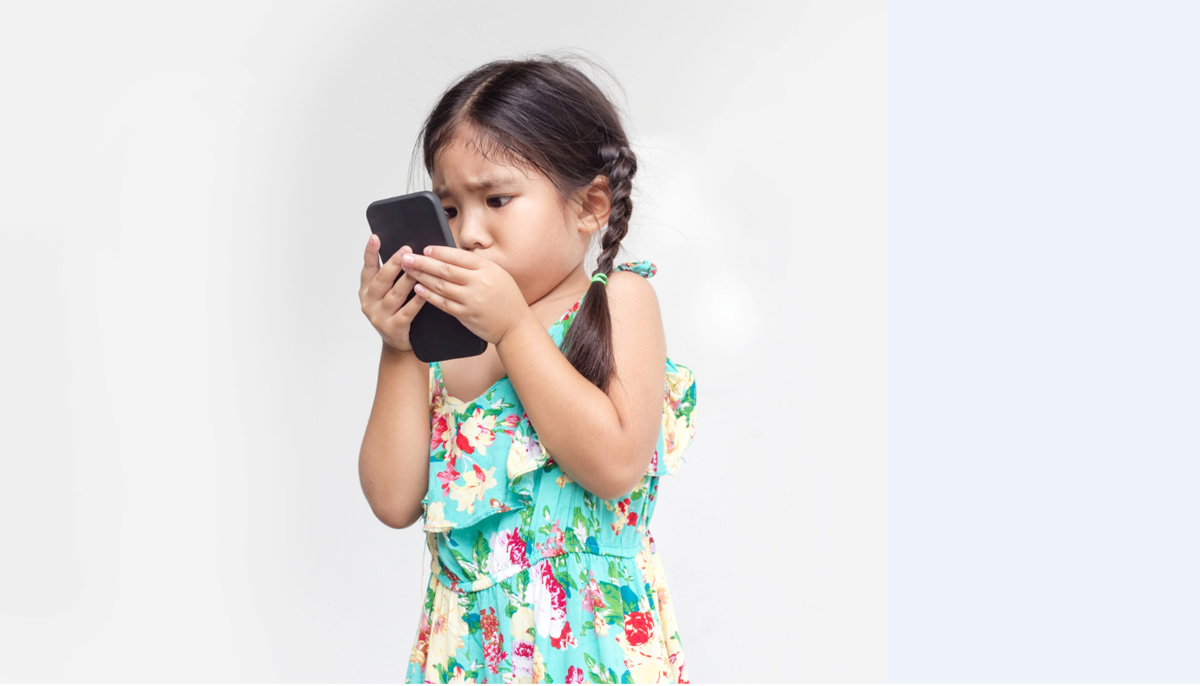What can Parents, Caregivers, Teachers and Educators Do to Help?
Myopia Awareness Campaign brought to you by CooperVision Malaysia
Myopia, or near-sightedness, is a progressive disease that afflicts 10% of Malaysian children as young as 7-years-old. It also affects 23% of 12-year-olds and 34.4% of 15-year-olds. Children who spend long hours in the classroom compared to outdoors are more likely to develop myopia earlier.

Protect young eyes: limit screen time, prevent myopia
Poor eye health and visual impairment impacts a child’s academic performance, self-esteem, and sports and social activities’ participation.
Without treatment, myopia may lead to serious vision disorders later in life, resulting in severe visual impairment or even blindness.
Myopia should be detected and managed early to safeguard a child’s maximum potential in and out of school. This will ensure a better long-term outcome for the child’s visual health.
Signs and Symptoms
According to eye care practitioners, tell-tale signs that your child may have myopia include:
- Moving very close to the blackboard to read and copy
- Frequent headaches especially when completing tasks such as reading, drawing, or using the computer
- Squinting one or both eyes to copy notes in class
- Poor participation in class due to far distance from the blackboard and only improves upon moving closer.
- Excessive blinking or rubbing of the eyes
- Constant or excessive watering of the eyes

Early warning sign: children getting too close to screens
When a child experiences one or more symptoms, the teacher or educator must inform the parents or caregivers as soon as possible. The child may require further examination or diagnosis by an eye care professional.
What happens next?
Eye specialists are equipped with knowledge and tools to detect myopia in children and offer effective solutions.
There is a range of treatments available for myopia management in Malaysia. This includes atropine eyedrops and disposable dual-focus contact lenses, which are effective in controlling a child’s myopia from getting worse. Upon receiving the diagnosis and treatments prescribed, the child should undergo eye examinations more frequently as recommended.
Practicing good visual hygiene
Eyecare professionals recommend adhering to good visual hygiene habits to prevent and/or control myopia in children, such as:
- Taking frequent breaks while doing ‘near work’ (activities at an arm’s length) including writing, reading, using handheld devices
- Reading and doing homework under proper lighting
- Following the ’20-20-20’ rule: for every 20 minutes of near work done, look at least 20 feet away for at least 20 seconds
- Minimising screen time
- Spending more time outdoors: Children who spend at least 40 minutes outdoors, are less likely to have myopia. This is despite the child having two myopic parents, studies show.
- Regular eye examinations: Once a year when they reach two years old, and more frequently if they have myopia.

Unlocking the benefits of outdoor time: guarding children against myopia
